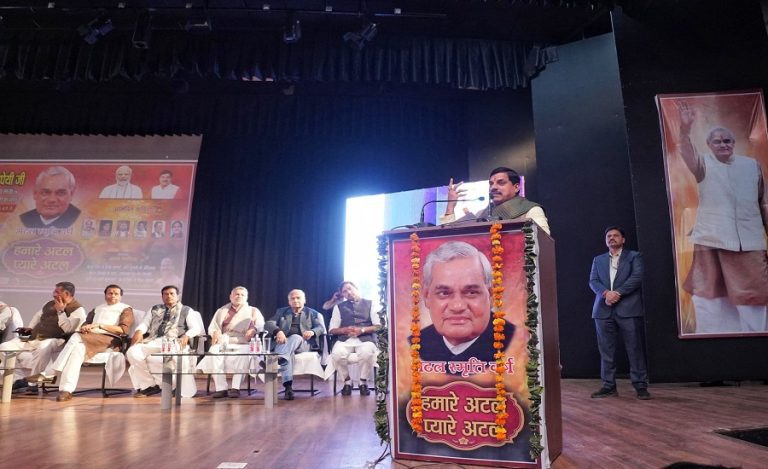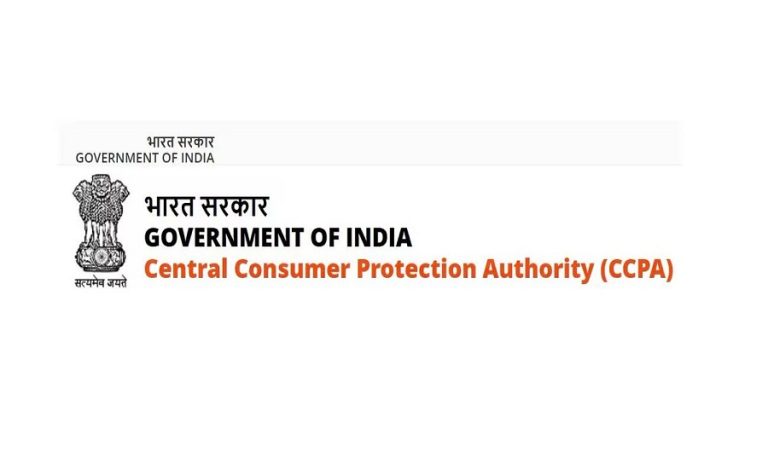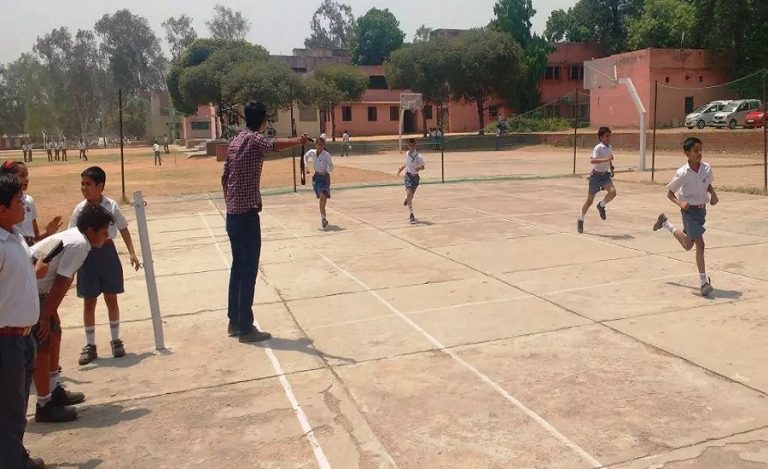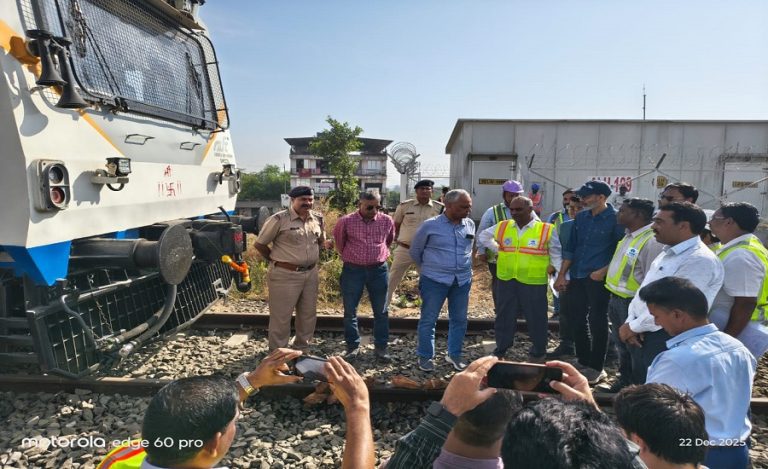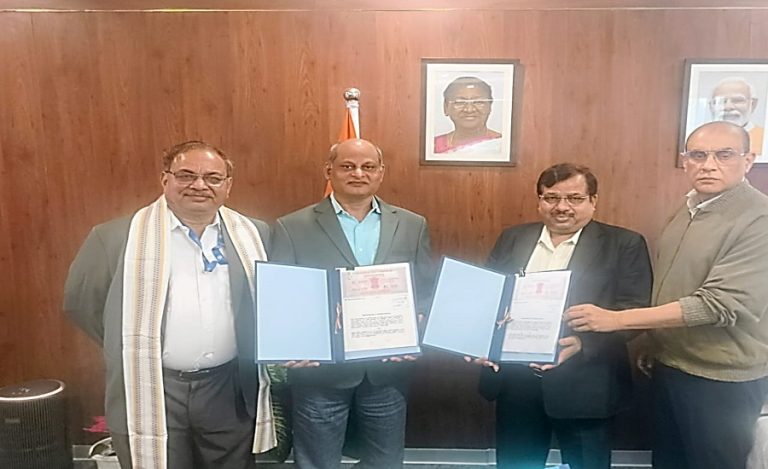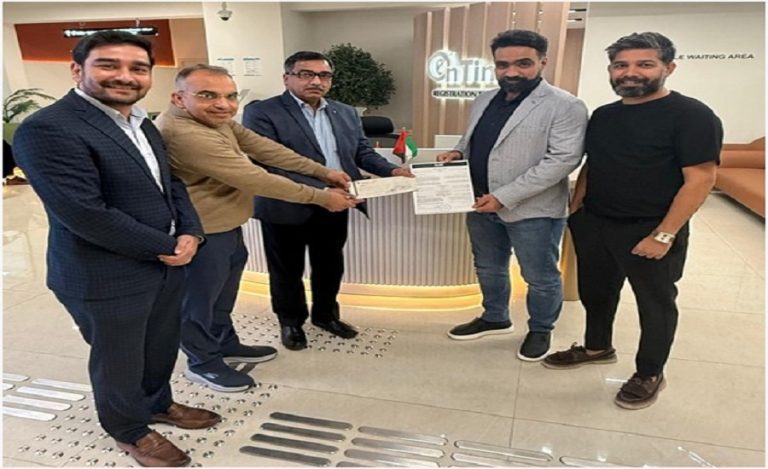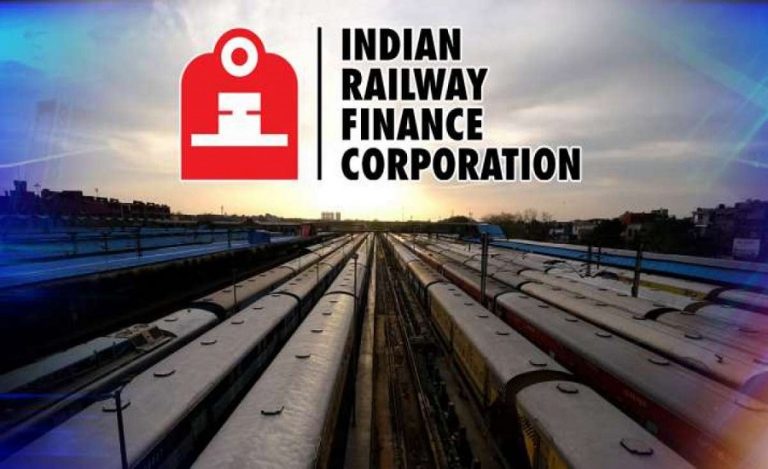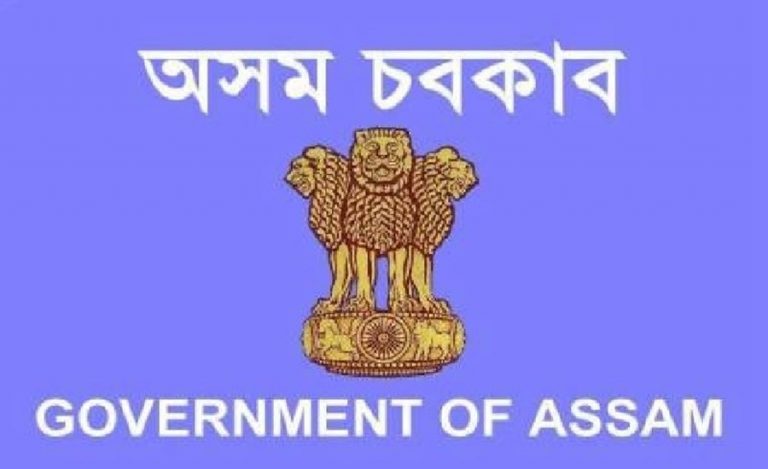New Delhi: In a landmark move to boost private sector participation in defence, the Defence Research and Development Organisation (DRDO) has unveiled its 2025 Transfer of Technology (ToT) policy. The new framework shifts focus from public sector undertakings to active collaboration with micro, small and medium enterprises (MSMEs) and start-ups, aiming to elevate India’s self-reliance and innovation in defence production.
The policy streamlines technology transfer processes, cuts compliance burdens, and enables faster industry adoption of DRDO-developed systems, with strong emphasis on dual-use and cutting-edge military technologies.
Strategic Framework for Self-Reliance
The 2025 ToT policy establishes a simplified, automation-driven process for transferring DRDO technologies to industry. Technologies are classified into:
- Category ‘A’ (MILTECH) – Military systems exclusive to Indian Armed Forces and government agencies.
- Category ‘B’ – Dual-use technologies with applications beyond defence.
This classification allows targeted approaches while safeguarding security. The policy aims to fuel indigenous capability, enhance ease of doing business, and promote innovation-led manufacturing.
Record-Breaking Technology Transfers
By 2024, DRDO had issued over 2,100 Licensing Agreements for ToT, including 256 in 2024 alone. This unprecedented scale spans multiple defence domains, giving industry access to decades of R&D investment.
Dr. Chandrika Kaushik, Director General (PC&SI) at DRDO, highlighted that over 2,000 licensing agreements and 200 production licences were completed in 2024, creating a foundation for long-term private sector growth in indigenous defence manufacturing.
Financial Incentives and Industry Partnerships
The policy offers significant financial support for MSMEs and start-ups. For Category ‘A’ technologies, ToT fees are waived for Development cum Production Partners (DcPPs), Production Agencies (PAs), and other selected firms.
The Technology Development Fund (TDF) provides up to ₹50 crore per project, covering 90% of costs. Since 2018, 81 projects worth ₹350 crore have been sanctioned, developing 26 technologies and disbursing ₹150 crore.
Defence Acquisition Council’s Support
In 2024, the Defence Acquisition Council (DAC) approved proposals worth ₹1.1 lakh crore, including Future Ready Combat Vehicles, Air Defence Radars, Electronic Warfare Systems, and advanced naval platforms.
In July 2025, approvals worth ₹1.05 lakh crore were cleared for Armoured Recovery Vehicles, Integrated Inventory Systems, Surface-to-Air Missiles, and more. Significantly, 99% of these were under Buy (Indian) and Buy (Indian-IDDM) categories.
Boost for MSMEs and Start-Ups
MSMEs and start-ups in DRDO projects receive feeder technologies at 50% of the estimated ToT fee. Programmes like iDEX have supported nearly 300 innovators, offering up to ₹1.50 crore in grants (₹10 crore for iDEX Prime).
Over 130 private industries have joined DRDO as development partners or production agencies in the last five years, benefiting from mentorship, testing access, and market linkages.
IP Access and Hand-Holding Support
DRDO has made its patent portfolio freely available to Indian companies, alongside over 20 testing facilities and firing ranges. Free hand-holding support is provided in phases—from 15 man-days for projects below ₹50 lakh to 60 man-days for projects above ₹5 crore—ensuring smooth technology absorption.
Impact on Production and Exports
India’s defence production hit a record ₹1.51 lakh crore in FY 2024-25, up 18% from ₹1.27 lakh crore the previous year. Private sector share rose to 23%, with 28% growth, while DPSUs grew 16%.
Defence exports reached ₹23,622 crore, a 12% jump from ₹21,083 crore in FY 2023-24, solidifying India’s role in global defence markets.
Strategic Outlook
The ToT policy is more than a procedural update—it is a systemic transformation aimed at making India a global defence technology leader. By fostering private sector innovation in advanced domains like AI, quantum computing, and robotics, the policy lays the foundation for India to become a net security provider in the Indian Ocean region and a key contributor to global defence innovation.
Also Read: Indian Army Inducts BEML-DRDO’s Indigenously Developed Semi-Automatic Minefield Marker, MMME Mk-II


